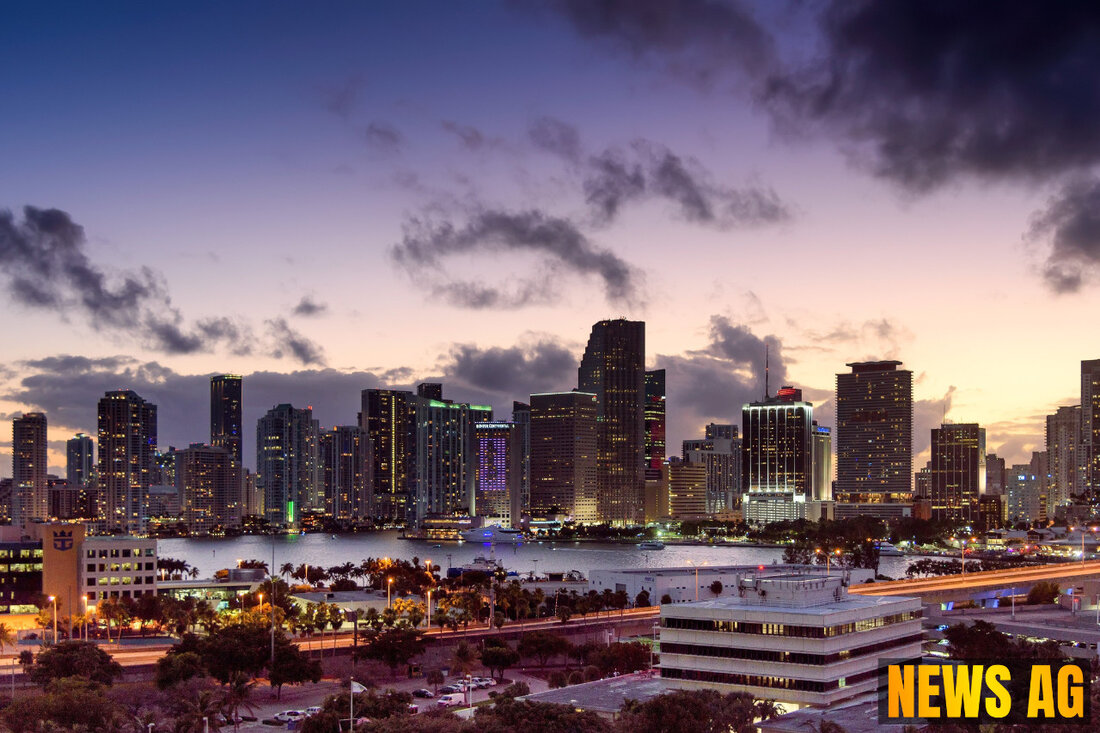Orange Lake's Alligator Boom: What Residents Need to Know for 2025!
Discover Marion County's Orange Lake, home to Florida's second-largest alligator population, and learn about local hunting practices.

Orange Lake's Alligator Boom: What Residents Need to Know for 2025!
Orange Lake, nestled between Alachua and Marion counties, has recently garnered attention for its significant alligator population. As of August 2024, it holds the impressive title of the second highest alligator count in Florida, boasting approximately 2,732 alligators over its sprawling 12,550 acres. Only Lake Okeechobee surpasses it, with a staggering 9,308 alligators and an estimated total population of about 30,000 alligators across the state, according to Gainesville.com.
Local hunters Shawn Robinson and Scott Sommer make regular trips to Orange Lake, seeking the thrill of alligator hunting for meat. They describe their outings during late October and early November, when they frequently spot thousands of alligators, including hatchlings. „Proper management is key,“ Robinson says, underscoring his concern about potential overpopulation in the area.
Regulations and Responsibilities
Florida’s alligator hunting is not a free-for-all; it is tightly regulated. The hunting season runs from August 15 to November 1, and hunters must apply for harvest permits. Each year, over 15,000 hopeful applicants vie for approximately 7,000 permits, drawn randomly from the pool of candidates. Robinson, for instance, received two CITES tags in 2023, allowing him to harvest one alligator per tag. Responsible hunting practices are not just encouraged, they are essential for sustaining wildlife populations and ensuring the ecosystem remains healthy.
Scott Sommer, who visits Orange Lake on a weekly basis, notes that many of the alligators thrive in the lake’s marshlands and shorelines. Additionally, Gainesville resident Mike Jacobs, an avid bass fisherman, usually encounters two or three alligators during his own visits, finding them harmless enough to coexist with while fishing.
Impact on the Ecosystem
The American alligator is more than just a top predator; it plays a crucial role as an ecosystem engineer within Florida’s wetlands. According to USGS, these reptiles create trails and holes that provide invaluable refuges for other species in the Everglades, a vital habitat historically extending from Orlando to Florida Bay. Unfortunately, development and water management practices over the years have degraded these habitats, leading to declining alligator populations in certain areas.
The Comprehensive Everglades Restoration Plan (CERP) is working to restore these natural habitats through over 68 projects, addressing the environmental impacts of past water management practices. The American alligator has been selected as an indicator species, helping researchers gauge the success of these restoration efforts. Questions remain, however, about the effects of habitat changes and restoration strategies on the alligator populations and the delicate ecological balance of the region.
Ongoing Conservation Efforts
Past efforts to restore the Everglades have required significant resources and tax dollars, but the ongoing investments signify a commitment to the future health of this essential ecosystem. The Florida Wildlife Federation continues to advocate for projects aiming to enhance environmental protections and deliver clean freshwater to Everglades National Park and Florida Bay.
Environmentalists like Marjorie Stoneman Douglas emphasized the importance of these wetlands, stating that the Everglades serves as a litmus test for our planet’s future. Today, as Floridians engage in activities like alligator hunting and fishing, there’s something to be said for their role as stewards of this magnificent landscape. With conservation efforts underway, we have a good hand at ensuring that both the alligator populations and the greater ecosystem maintain their vibrant existence.

 Suche
Suche
 Mein Konto
Mein Konto